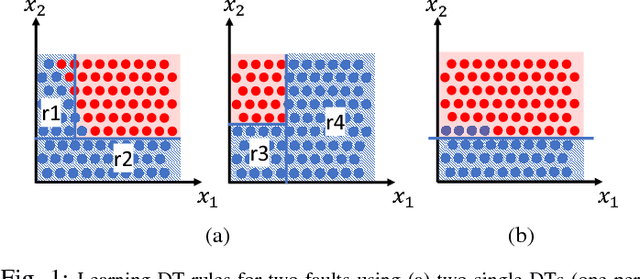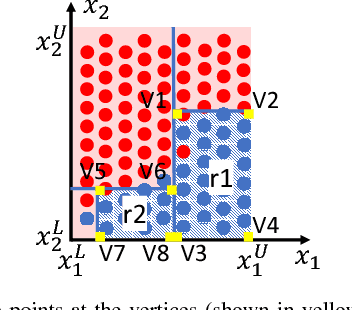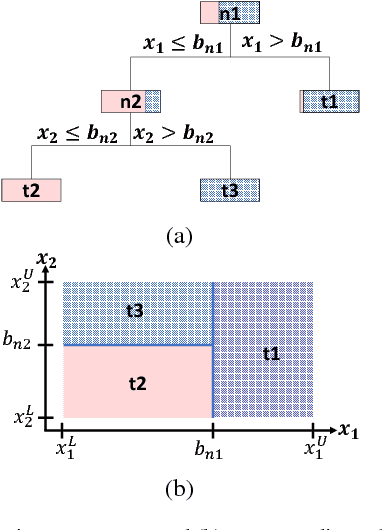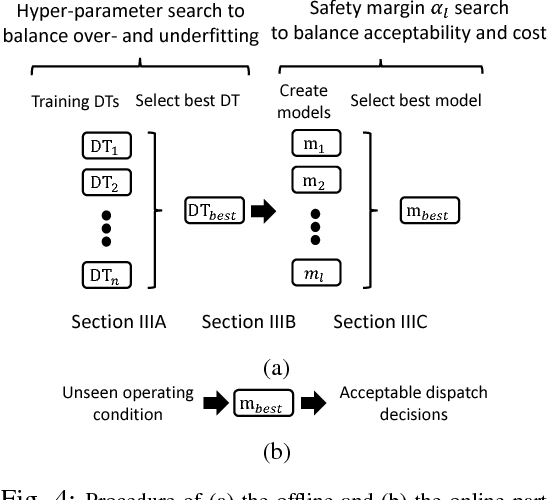Goran Strbac
Challenges and opportunities of inertia estimation and forecasting in low-inertia power systems
Aug 28, 2020Abstract:Accurate inertia estimates and forecasts are crucial to support the system operation in future low-inertia power systems. A large literature on inertia estimation methods is available. This paper aims to provide an overview and classification of inertia estimation methods. The classification considers the time horizon the methods are applicable to, i.e., offline post mortem, online real time and forecasting methods, and the scope of the inertia estimation, e.g., system-wide, regional, generation, demand, individual resource. Shortcomings of the existing inertia estimation methods have been identified and suggestions for future work have been made.
Sample-Derived Disjunctive Rules for Secure Power System Operation
Apr 09, 2018



Abstract:Machine learning techniques have been used in the past using Monte Carlo samples to construct predictors of the dynamic stability of power systems. In this paper we move beyond the task of prediction and propose a comprehensive approach to use predictors, such as Decision Trees (DT), within a standard optimization framework for pre- and post-fault control purposes. In particular, we present a generalizable method for embedding rules derived from DTs in an operation decision-making model. We begin by pointing out the specific challenges entailed when moving from a prediction to a control framework. We proceed with introducing the solution strategy based on generalized disjunctive programming (GDP) as well as a two-step search method for identifying optimal hyper-parameters for balancing cost and control accuracy. We showcase how the proposed approach constructs security proxies that cover multiple contingencies while facing high-dimensional uncertainty with respect to operating conditions with the use of a case study on the IEEE 39-bus system. The method is shown to achieve efficient system control at a marginal increase in system price compared to an oracle model.
 Add to Chrome
Add to Chrome Add to Firefox
Add to Firefox Add to Edge
Add to Edge